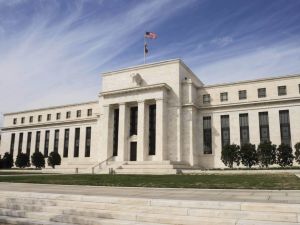Whilst risk carries negative connotations, its very existence gives savers the opportunity to offset the negative impact of inflation and achieve their financial goals quicker. In fact, the biggest threat to you achieving your financial goals is not risk itself, rather that you don’t rationally evaluate the risk associated with your investment.
Volatility is the most popular measure of risk, but it has its limitations; volatility only measures movement in an asset price, not its direction.
Using Value at Risk (VaR) to value your investments can help you adopt a more rational approach to risk, and enable you to build an investment strategy that’s right for you and your family.
How to measure finance risk
Described as the “new science of risk management”, VaR estimates how much your portfolio could lose in value over a period of time. Of course, VaR will never guarantee you a return – it’s based on estimates, after all – but it is a reliable indicator of performance with at least 95% accuracy.
If you want to work out how much you could lose on your investment, you need to know the time period, confidence level and a loss amount. For example, you might ask: What is the most I could lose, with 95%-99% level of confidence, over the next year in percentage terms?
An equity stock could have an annual VaR of 5% with 95% confidence, for example. This means that the maximum you could lose over one year is 5%, with 95% accuracy.
How to calculate VaR
There are several different techniques to calculating VaR: the historical method, the variance-covariance method, and the Monte Carlo simulation.
The historical method organises historical returns from worst to best, and assumes the past will be repeated.
The variance-covariance method uses an average return and standard deviation to compare the normal distribution curve against actual return data.
To execute the Monte Carlo calculation, analysts create a model of forecast returns and run a number of hypothetical trials from it.
Achieving financial goals
The Value at Risk model has been built to help investors better understand investments and define the losses that can be expected. Understanding the risks associated with your investments means we can build portfolios that will help you achieve your goals in the least amount of time possible.
Risk can affect companies, industries and entire asset classes alike. Only when you’re able to properly quantify risk can you understand what the most suitable investment solution for you.
However, understanding how risk works and how it is measured is one thing; building a portfolio that accurately matches your risk profile is another – especially if you’re busy and/or lack the needed expertise to do so.
At Moneyfarm you don’t have to. We use complex calculations like this to ensure your portfolio specifically matches your tolerance to risk. The hardest decision you have to make is when to invest, and with how much.
Photo by Jeremy Bishop on Unsplash





